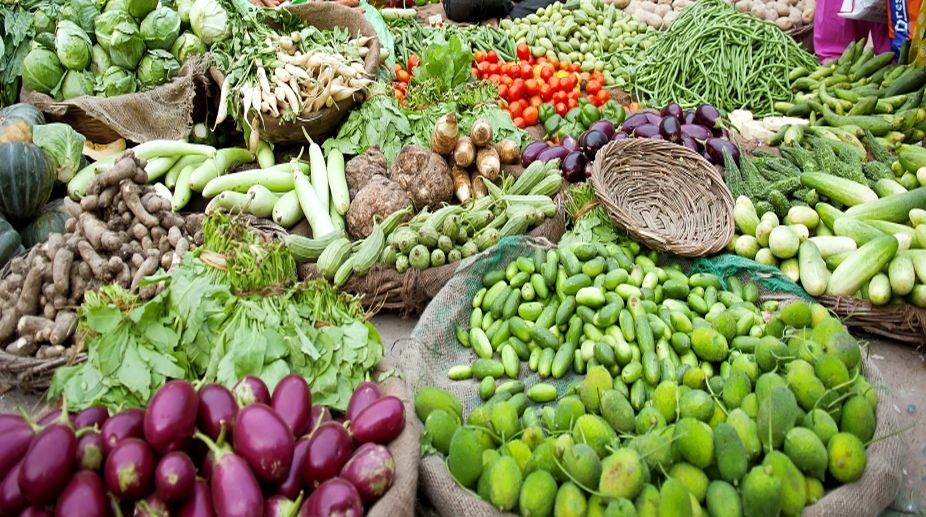Kangra to witness massive development: Himachal CM
Chief Minister Sukhvinder Singh Sukhu has said that Kangra district in Himachal Pradesh will witness massive development.

Representational image (Photo: Getty Images)
Although Himachal Pradesh’s vegetable production is higher than the national productivity, marketing of the produce of small and marginal farmers is hitting it from making a benchmark.
According to the data available with the National Bank for Agriculture and Rural Development (NABARD) Himachal Pradesh, the vegetable production in the state is 19.5 tonnes per hectare, which is higher than the national productivity that is 17.5 tonnes per hectare during 2015-16.
Advertisement
The revenue generated annually through vegetable production is to the tune of Rs.3,000 crore.
Advertisement
Analysing information collected from the Departments of Horticulture and Agriculture, NABARD revealed that at present the area under vegetable farming in the state is 75,000 hectares and production is 16 lakh tonnes, with annual growth rates of 6.5 per cent in the area and 7.4 per cent in production.
On the other hand, the state already has earned the sobriquet of ‘fruit bowl’, witnessed a total fruit production of 9.29 lakh MT in 2015-16, with apple comprising about 84 per cent with a production of 7.77 lakh MT.
The annual gross domestic income from horticulture witnessed in 2015-16 was Rs.5000 crore with 5.62 lakh farmers engaged in horticulture and an annual employment generation of 1,000 mandays.
NABARD Himachal Pradesh Regional Office, Shimla Assistant General Manger (AGM) Kuldeep Chand, who prepared a presentation for development of horticulture and agriculture in the state has underlined the need of improvement in marketing of both the horticulture and vegetable produce, which is the main problem to small and marginal farmers.
Highlighting the horticulture scenario, he maintained that in Himachal Pradesh per capita cultivated land is only 0.12 hectares (1.5 bighas) and the per capita irrigated land is a meagre 0.02 hectare (0.25 bighas).
This situation necessitates a cropping pattern that would ensure a highest income per unit area/labour/ investment for which horticulture, vegetables, floriculture, mushroom, bee keeping, are options, stated NABARD.
While, 57 Farmer Producer Organizations (FPOs) have been promoted in the state, solution is also to form more FPOs and a state policy for promotion of FPOs needed, suggests NABARD.
Furthermore, suggestions point out improvement of productivity, quality improvements of horticulture produce, diversification of the horticulture industry, modernization of the nursery production programme, introduction of improved fruit varieties, change of medium and high density plantations, integrated pest management (IPM) and Biological control, use of IT solutions for reaching out to farmers and efficient use of water and to create Controlled Atmospheric Storages.
Creation of scientific post harvest management infrastructure, value addition and diversification in processing industry, market promotion through branding, advertisement and exports are other recommendations.
Advertisement